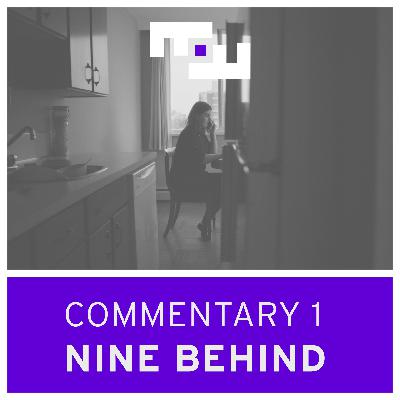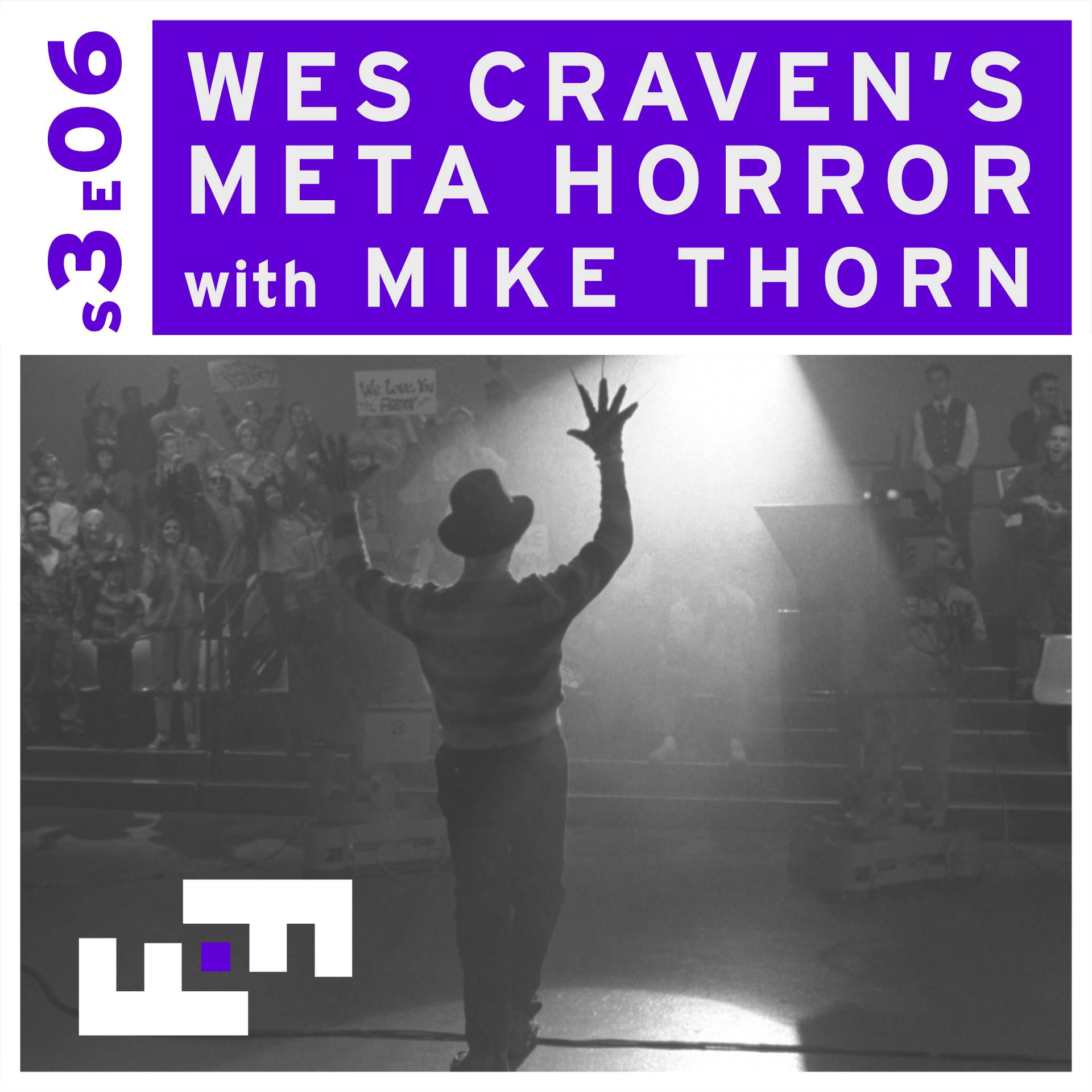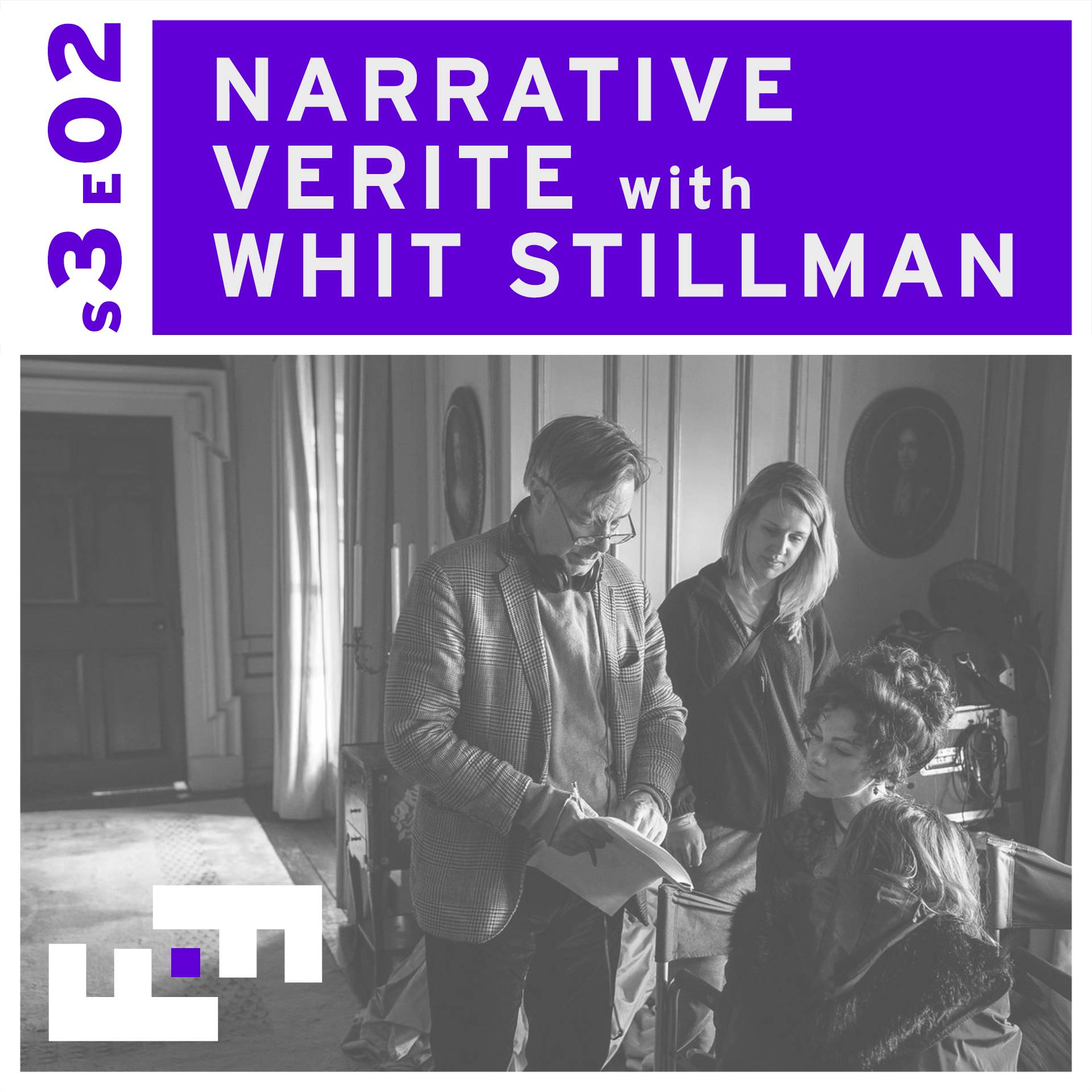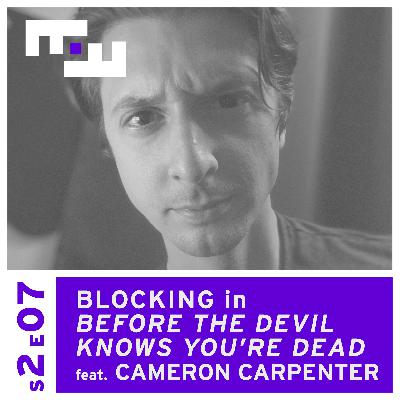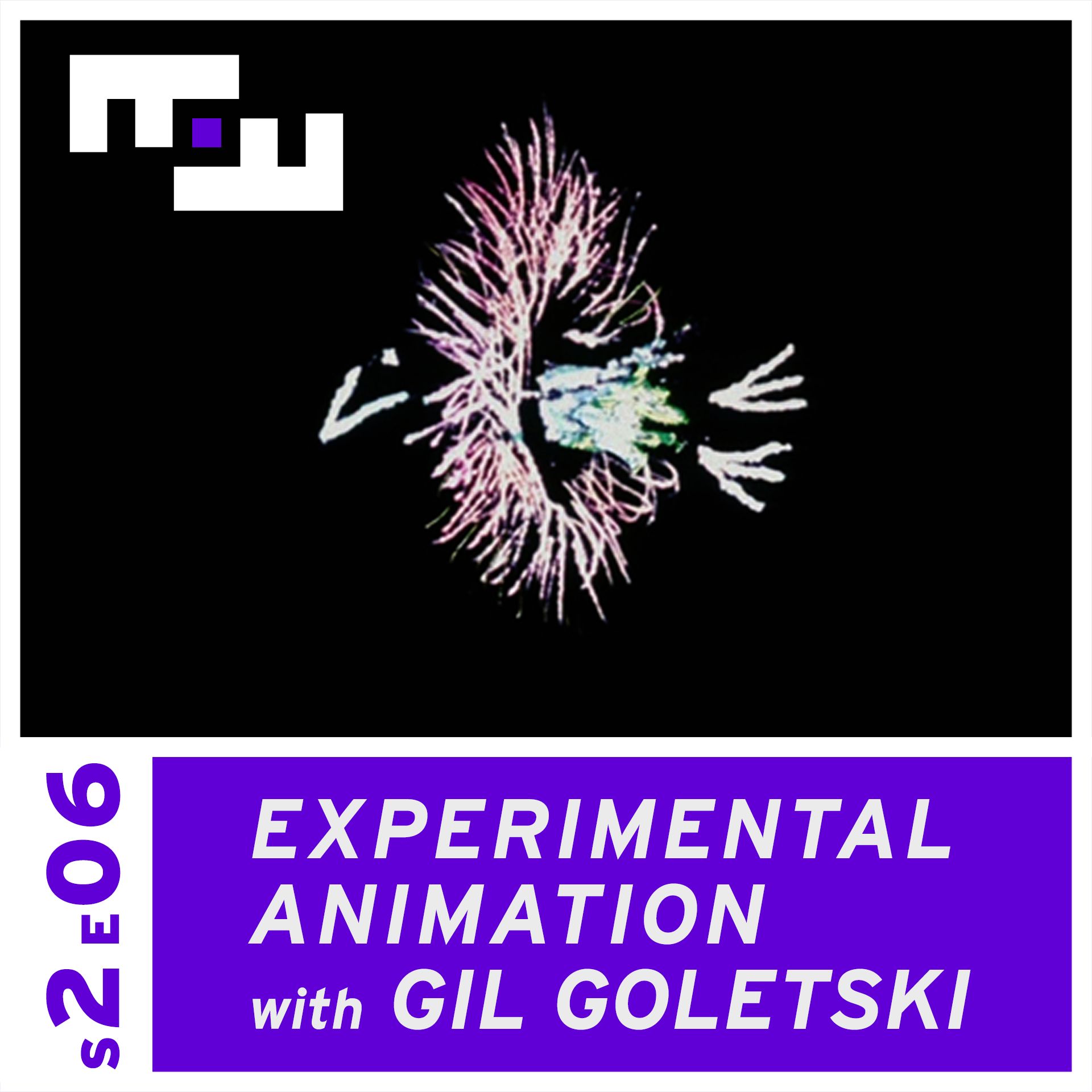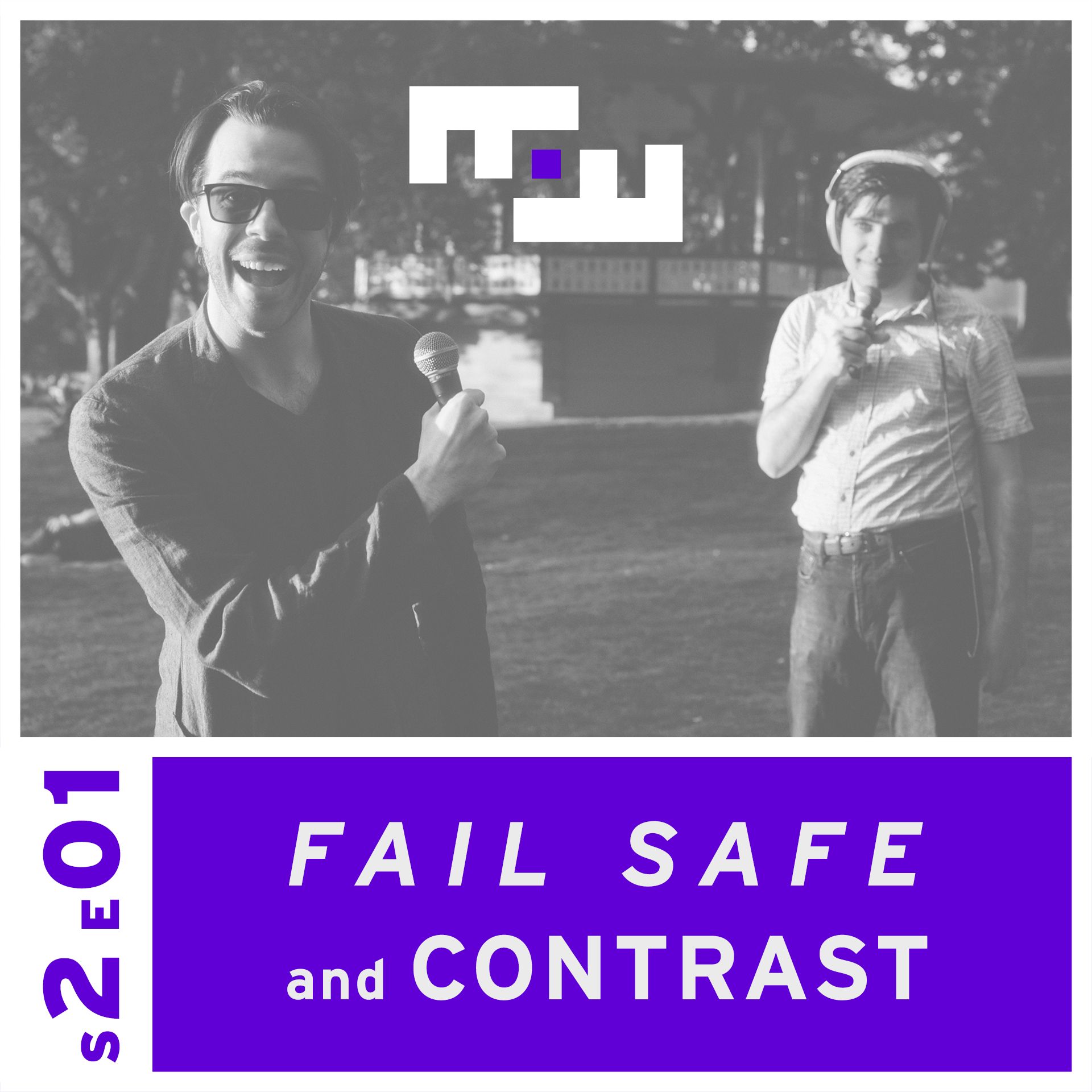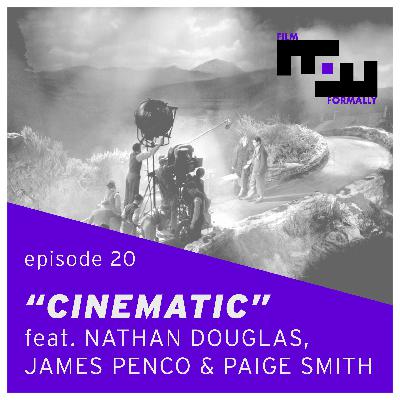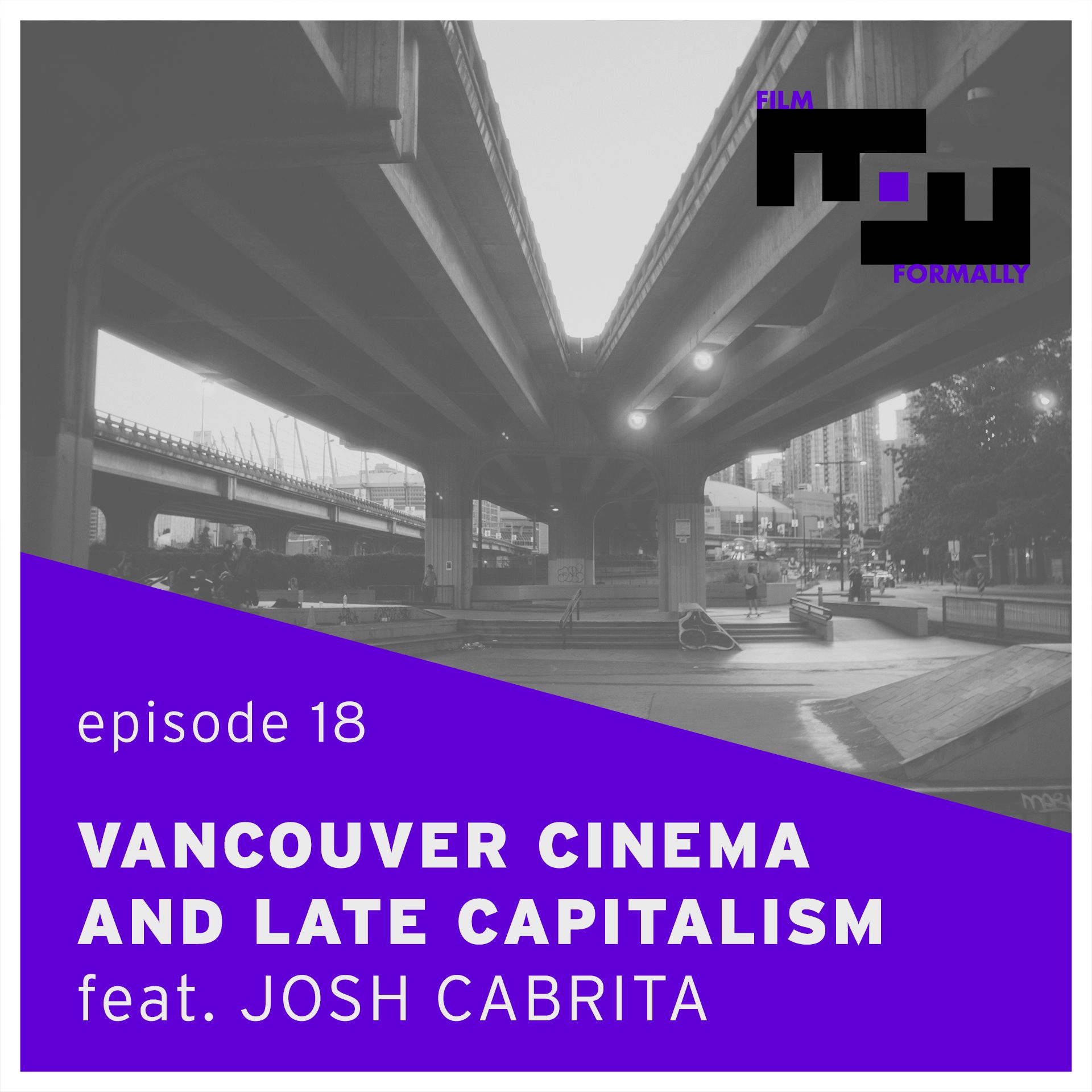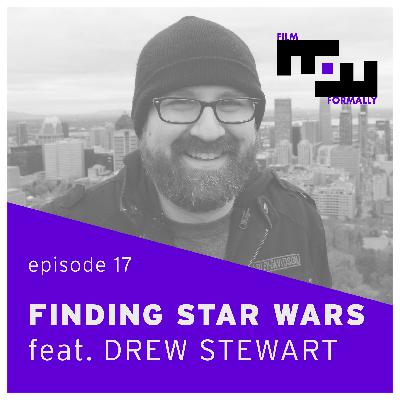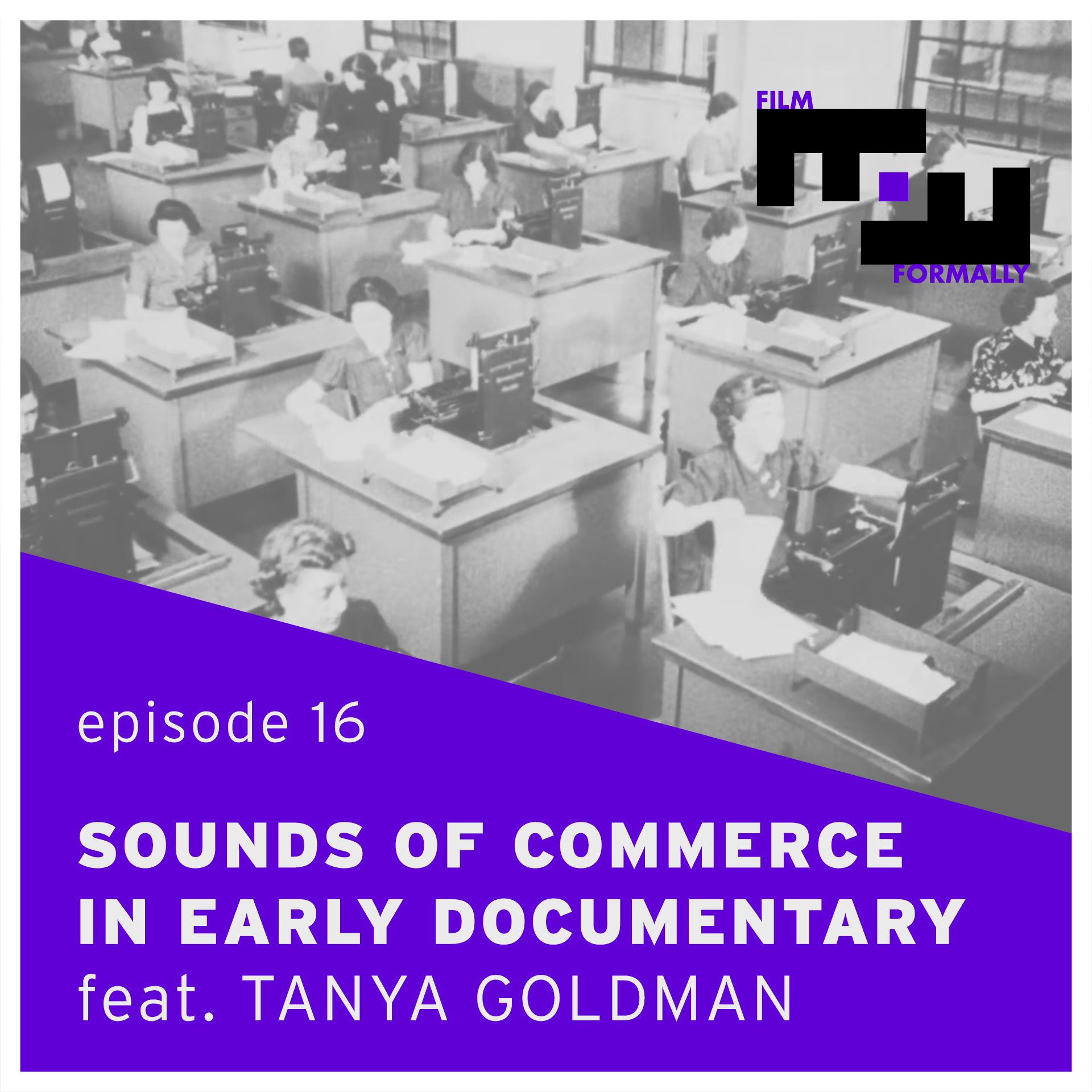Discover Film Formally
Film Formally

Film Formally
Author: Will Ross & Devan Scott
Subscribed: 32Played: 554Subscribe
Share
© Copyright 2020 All rights reserved.
Description
Film Formally gets granular about how movies work by studying a technique or trait through its best examples. Independent filmmakers and friends Devan Scott and Will Ross leverage years of experience watching and making movies to bring you spirited and approachable conversations, offering brick-by-brick analysis and discussions about how films work.
51 Episodes
Reverse
FILM FORMALLY is back! This month, friend of the podcast Sophy Romvari’s films are premiering on the CRITERION CHANNEL and to mark the occasion we’ve recorded a set of commentaries for six of these films - NINE BEHIND, IT’S HIM, PUMPKIN MOVIE, NORMAN NORMAN, IN DOG YEARS, and STILL PROCESSING. We’ll be releasing one per week for the next six weeks.
To listen along, have the film ready to go and hit “play” when prompted within the episode after the introductions.
NINE BEHIND (2016)
Calling her grandfather in Budapest to learn about the Hungarian film industry, a woman instead finds the conversation shifting to her family’s history.
In this episode, we discuss:
Sophy’s early works leading up to NINE BEHIND.
The influences and production of NINE BEHIND.
The lessons learned on this set and how they informed Sophy’s next film, IT’S HIM.
How an acclaimed director’s versions of a famous film be unavailable for decades — when there’s nothing stopping their release? How can a small group of fans gather the evidence and means to reconstruct those versions? How can they finally have a hand in its official release? Endless passion — and a lot of luck. It’s a subject and film as near and dear to our hearts as any, and we’ve brought on superfans Benji Heran and Jordan Krug to talk about the film prints, continuity scripts, and years of tireless, unpaid passion that they’ve put into preserving Sergio Leone’s The Good, the Bad, and the Ugly.
Extreme ways are back! In pog form! This week we’ve got a wonderful little discussion about the evolution of the Jason Bourne film series. In particular, we’re here to dissect how Paul Greengrass transformed it into the 21st century’s foremost example of Chaos Cinema. Handheld camerawork, fast editing, questionable focus? It’s all here, and we’re here to sift through the wreckage.
Geez, it’s been a while since we got spooky on the show, hasn’t it? High time we brought back Mike Thorn to talk about how Wes Craven fused meta storytelling and horror in two franchises: A Nightmare on Elm Street and Scream. We’ll permeate the membranes of reality, disassemble Craven’s views on horror’s social and political value, and laugh about how Matthew Lillard yells “BOO-GAH” when he imitates a gunshot.
Mike has a terrific new horror novel, Shelter for the Damned, that you can check out in print or e-book format directly through Journalstone, or you can find it on Amazon, Barnes and Noble, or Walmart.
For this episode our Associate Producer Paige Smith has relieved Devan and Will of hosting duties so that she can talk about Eighth Grade’s depiction and use of the Internet — and she’s brought on two friends who survived eighth grade with her, Bronwyn Henderson and Brietta Stewart. It's both a dive into how the film interweaves screens and scrolling with its characters and dramatic presentation, and a personal reflection on how strange and hard it is to grow up — and how much "growing up" has changed.
We're doing two episodes on truth in cinema, starting with one on standards of reality in narrative films. Whit Stillman (The Last Days of Disco, Love & Friendship) joined us, largely to register his animosity towards the idea of making stylistic decisions based on realism, and shared his thoughts on aesthetic decline, pretension, and the meowling cat sound in Damsels in Distress.
It’s our second SEASON BREAK SPECTACULAR! You sent us some great questions, and we answered them.
Per our answer early in the pod, you can check out https://native-land.ca/ to see which indigenous territory you might live on (bear in mind it’s not comprehensive or “official”). There’s a good explanation of land acknowledgments there, too. If you’d like to support the show, here’s a link to our Patreon.
Okay, folks, it's time for blocking! The pre-planned arrangement, movement, and posturing of characters in a frame is one of a director's most artistically demanding on-set tasks, and nobody blocked a scene better than Sidney Lumet (whom we've already talked about once this season). Screenwriter and Lumet mega-fan Cameron Carpenter joined us to talk about the blocking in Lumet's swan song, Before the Devil Knows You're Dead starring Phillip Seymour Hoffman and Ethan Hawke. We also found time to talk about the film as an early example of digital cinematography, and chatted about how critics responded to the presence of a naked woman in the film (not well) and directorial batting averages.
Today we're taking a trip through a few of the wild worlds of experimental animation, to get a sense of what makes these proudly bizarre shorts — which take on or even invent processes unheard of in mainstream animated films — feel so persuasive and affecting. We're joined by animator Gil Goletski, who came with an excellent program of shorts to watch (all of which you can see for free online), and who was happy to indulge (or initiate) some digressions into comedy and experimentalism, the shame of an unseen canon, and Sister Act 2: Back in the Habit (and we cut far more of the latter subject than you might suspect from what's left).
There’s a new concert film out! It’s called David Byrne’s American Utopia, directed by none other than Spike Lee and shot by none other than Ellen Kuras. It documents David Byrne’s most recent tour-turned Broadway show, and it’s drawn much discussion: in particular, to David Byrne’s previous high-profile concert film, Stop Making Sense. We took this release as an opportunity to delve into the entire genre of concert cinema, and the difficulties that arise when one must turn a stage-bound show intended for a live audience into a film object.
We also discuss Stop Making Sense (Jonathan Demme), Jazz on a Summer’s Day (Bert Stern, Aram Avakian), Monterey Pop (D.A. Pennebaker, 1967), Gimme Shelter (Chartlotte Zwerin, Albert & David Maysles, 1970), Woodstock (Michael Wadleigh, 1970), The Last Waltz (Martin Scorsese, 1978), U2: Rattle and Hum (Phil Joanou, 1988), Bjork: Biophilia (Peter Strickland & Nick Fenton, 2014), Awesome; I Fuckin' Shot That! (Adam Yauch, 2006), Berlin: Live at St. Ann's Warehouse (Julian Schnabel, 2008), Heart of Gold (2006), Trunk Show (2009), Journeys (2011) (Jonathan Demme), and Shine a Light (Martin Scorsese, 2008)
How do you establish a sense of space through sound, not just as a means of describing a physical space, but the inner state of a person? Filmmakers Nisha Platzer and Nayuribe Montero Jimenez join us to discuss how they pulled that off when they sculpted the sonic shape of both the Cuban landscape and a silent, train-fixated boy within it in their short film Vaivén.
This time around we’re using our personal experiences to shed light on one version of how post production on an independent film can play out, discussing how we helped Daniel Jeffery and Mackenzie Warner finish the short film they co-wrote, A New Leash on Life. The four of us discuss our respective roles of editor, composer, colourist, and sound designer, sharing anecdotes and our personal theories of the craft along with our fair share of silly tangents.
In which we discuss Agnes Varda’s final film, Varda by Agnes, and the questions it poses about the nature of cinema: is it simply a piece of lecture videography? The swan song from one of the greatest artists of our time? Both? The fundamentals of what constitute “Videography” and “Filmmaking” are put on trial as we interrogate Varda's late work.
We kick off our second season talking about one of our favourite films, Fail Safe, and its extraordinary use of contrast not just as an aesthetic, but as the guiding philosophy behind the whole film. Sidney Lumet’s nuclear thriller employs endless contrasts: between dark and light, fast and slow, loud and quiet, abstraction and realism, and the life and death contrasts of nuclear war and its ideologies. All this contrast adds up to a one-of-a-kind nail-biting experience, and we’re here to walk you through how so much of the film’s construction centers on that one unifying concept.
As season 1 comes to a close, Devan and Will take stock, answer your questions, and look forward to the new season.
There seem to be as many meanings for the word “cinematic” as there are people who use it, so we enlisted the help of our listeners to provide their own definitions, all of which we read and respond to in this episode. With help from some of our oldest filmmaking friends, we worked to see where everyone was coming from with their takes — from camera bros to arthouse advocates to jaded skeptics — and try to come to terms with what the word signifies for our personal relationships to cinema. We also discuss a few bits of important news about the podcast at the start of the episode.
Join us for a laid back discussion about internationally acclaimed animation director Hayao Miyazaki of Studio Ghibli and how he utilizes storyboards to plan and create his films. One of our regular hosts, Devan Scott, is away this week, so our associate producer and resident Ghibli enthusiast Paige Smith joins Will Ross to explore how Miyazaki works — and how that affects his films.
How do prolific local filmmaking communities come about… and how do they slip away? Curator and film critic Josh Cabrita joins us as we take our own home of Vancouver as a case study for how creative and institutional stagnation happens, and what we can do to counteract it.
Ever seen the original Star Wars trilogy? Which versions? Multiple new “official” editions of the films have emerged since 1997, with the original films as seen in the 70s and 80s left without any official release. The work of tracking all these changes and preserving the originals has largely fallen to fans, one of whom, Drew Stewart, runs Star Wars Visual Comparisons, a compendium of every visual alteration to the original trilogy. Drew dropped by to talk about how and why all this happened to Star Wars, and how communities rise up when studios fail to protect the legacy of their films.
Join us as we open our ears to the stylized sounds of a bustling commercial existence circa the 1930s — that is, the way they sound in some of the more daring documentaries of the time. Tanya Goldman, a Cinema Studies PHD candidate at NYU, walks us through these films, how their radical soundtracks express their politics, and how the soundscapes of documentaries have shifted in the decades since. (All of the main films discussed are available to watch online for free, you can find links in our shownotes at filmformally.com.)


